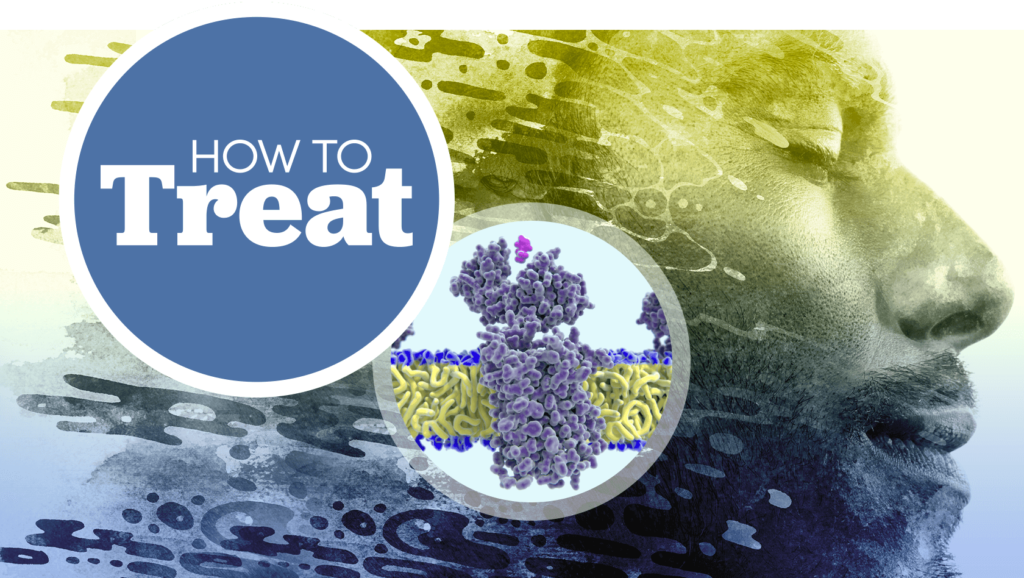Cataplexy, a hallmark symptom of narcolepsy, significantly impacts individuals by causing sudden muscle weakness triggered by strong emotions. Understanding the interplay between cataplexy and narcolepsy is essential for early diagnosis and effective management. This article provides a detailed overview of the condition, its causes, symptoms, diagnosis, and treatment options.

What Is Cataplexy?
Cataplexy is characterized by sudden and temporary muscle weakness or paralysis. It commonly occurs in response to intense emotions such as laughter, anger, or surprise. Unlike other forms of muscle paralysis, individuals experiencing cataplexy remain fully conscious throughout the episode, which can last from a few seconds to several minutes.
The Connection Between Cataplexy and Narcolepsy
Narcolepsy is a chronic neurological disorder that disrupts the brain’s ability to regulate sleep-wake cycles. Cataplexy is a defining symptom of Type 1 narcolepsy, which is also associated with low levels of the brain hormone hypocretin (orexin). This hormone plays a crucial role in maintaining wakefulness and muscle tone.
Key Features of Narcolepsy
- Excessive Daytime Sleepiness (EDS): Persistent and overwhelming drowsiness that interferes with daily activities.
- Cataplexy Episodes: Sudden muscle weakness triggered by emotions.
- Sleep Paralysis: Temporary inability to move or speak upon waking or falling asleep.
- Hallucinations: Vivid dream-like experiences occurring at sleep onset or upon waking.
Causes of Cataplexy and Narcolepsy
The precise causes of cataplexy and narcolepsy are not fully understood, but research suggests the following factors:
1. Hypocretin Deficiency
- Individuals with Type 1 narcolepsy often have significantly reduced levels of hypocretin, a neurotransmitter critical for regulating wakefulness and REM sleep.
2. Genetic Predisposition
- Variants in the HLA-DQB1*06:02 gene are strongly associated with narcolepsy. However, genetic factors alone are not sufficient to cause the condition.
3. Autoimmune Response
- Some studies suggest that narcolepsy may result from an autoimmune attack on the neurons that produce hypocretin.
4. Environmental Triggers
- Infections, stress, or other environmental factors may contribute to the onset of narcolepsy in genetically susceptible individuals.
Symptoms of Cataplexy with Narcolepsy
Recognizing the symptoms of cataplexy and narcolepsy is vital for accurate diagnosis and management:
- Partial or Total Muscle Weakness: Ranging from slight drooping of the eyelids to complete collapse.
- Trigger by Emotions: Episodes often follow laughter, excitement, or stress.
- Conscious Awareness: Individuals are aware of their surroundings during an episode.
- Frequent Sleep Disruptions: Difficulty staying asleep at night despite excessive daytime sleepiness.
Diagnosis of Cataplexy and Narcolepsy
Accurate diagnosis involves a combination of clinical evaluation, patient history, and specialized tests. Key diagnostic tools include:
1. Polysomnography (PSG)
- Conducted overnight to measure sleep patterns and detect abnormalities in REM sleep.
2. Multiple Sleep Latency Test (MSLT)
- Measures the time it takes for a person to fall asleep during the day and detect sleep-onset REM periods (SOREMPs).
3. Hypocretin Measurement
- Cerebrospinal fluid (CSF) analysis may be performed to measure hypocretin levels.
Treatment and Management Options
While there is no cure for narcolepsy or cataplexy, several treatments can effectively manage symptoms:
1. Medication
- Stimulants: Modafinil and amphetamine-like drugs to combat excessive daytime sleepiness.
- Antidepressants: SSRIs and SNRIs to reduce cataplexy episodes.
- Sodium Oxybate: FDA-approved for treating both excessive daytime sleepiness and cataplexy.
2. Lifestyle Modifications
- Maintain a consistent sleep schedule.
- Incorporate short, scheduled naps during the day.
- Avoid caffeine and heavy meals close to bedtime.
3. Behavioral Therapy
- Support from therapists and support groups can help individuals cope with the emotional and social impact of the condition.
Living with Cataplexy and Narcolepsy
Managing cataplexy and narcolepsy requires a holistic approach that combines medical treatment, lifestyle adjustments, and emotional support. With appropriate interventions, individuals can lead fulfilling lives despite the challenges posed by these conditions.